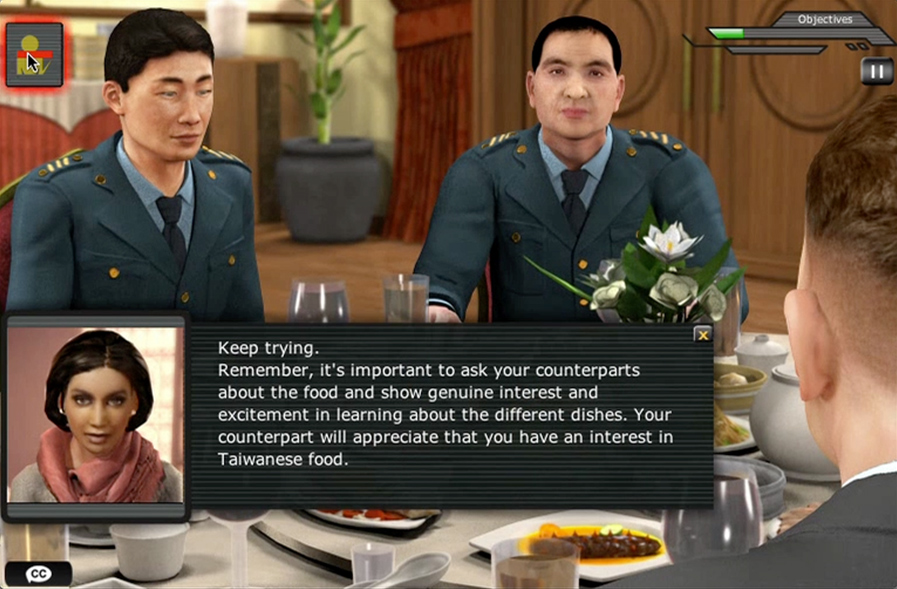by W. Lewis Johnson, Ph.D.
As Julie Dirksen notes in her book Design for How People Learn, the goal of good training design is “for learners to emerge from the learning experience with new or improved capabilities that they can take back to the real world, that help them do the things they need or want to do.” When learners take those improved capabilities and apply them on the job, their performance improves and the whole organization benefits.
Dirksen also reminds us: Learning is a journey. It takes time, and you don’t instantly arrive at the destination. Developing new capabilities requires practice, ideally with the support of a coach or mentor who can give you feedback so you can further improve, until your new skills become second nature.
Yet conventional training, and e-learning in particular, too often treats training as a one-time event, not as a journey. Trainees sit down in front of a computer, take a course, receive credit for course completion, and are then expected to be ready to apply their new skills on the job. That’s not realistic; it’s sort of like the fanciful training technology of The Matrix, in which Keanu Reeves’s character uploads skills into his brain and announces: “I know kung fu.” And like Laurence Fishburne’s character we are right to be sceptical and say: “Show me.”
In the real world of course, there are no instant results from e-learning. In fact, there are often no results at all. Take for example sexual harassment training. For ten years now all firms in California with over 50 employees are required to administer annual sexual harassment training. Yet this training has had no measurable effect on the frequency of sexual harassment in the workplace. It remains the case that one employee in six has experienced sexual harassment at some time during their career.
The Alelo approach to computer-based training is a notable exception to this otherwise bleak picture. Our VCAT (Virtual Cultural Awareness Trainer) courses are a case in point. In a 2012 study we evaluated the effectiveness of VCATs with Government personnel heading overseas. Participants in the study completed four hours of on-line training with VCATs, prior to their assignment. Months after the training the participants who had arrived overseas reported that the training helped them be more effective, and their supervisors confirmed this. Because of these good results VCAT courses will soon be available for 80 countries around the world.
There are a number of reasons why this approach is effective, but one is that it takes into account the journey of learning that Dirksen refers so. We recognize that at any given time learners may be in different phases in their learning journey. Some may not even be ready to start their journey. Once when I was visiting a training range in the California desert I was talking with some of the soldiers there about the cultural awareness training that Alelo does, and one of the senior soldiers said to me: “The only culture that I need to know comes out of the barrel of my gun.” For people like that the focus of the training should be on the value that it offers them, to motivate them to engage in further training. One method that works well with learners at this phase is video testimonials of experienced people who have been overseas and can explain why cultural awareness was important for their work.
Once trainees are ready to learn, our Virtual Role-Play approach is very effective as a way for the trainees to practice their new skills. Erika, the Virtual Coach, is available to provide learners with feedback when they need it. Learners thus get the practice opportunities and coached feedback that are so important for skill development.
In the following example the learner is practicing what to do when they are invited to a business banquet with Taiwanese counterparts. The learner may not be learning kung fu, but he is learning how to go mano a mano with his counterparts and make a good impression.

Fig. 1.) Erika giving feedback on a cultural mistake
We also use Virtual Role-Play to assess trainee skills. Trainees must demonstrate that they can perform in realistic situations, without coaching. In essence we tell the trainees “Show me”, and observe how well they perform. Not too different from what was envisioned in The Matrix, actually.
So although the overall training concept envisioned in The Matrix remains a fantasy, elements of it are actually entering the real world right now, using Alelo methods and technology. In future commentaries I will discuss further how Alelo exploits advanced technology, the science of learning, and social science to create highly effective training for interpersonal communication skills.


